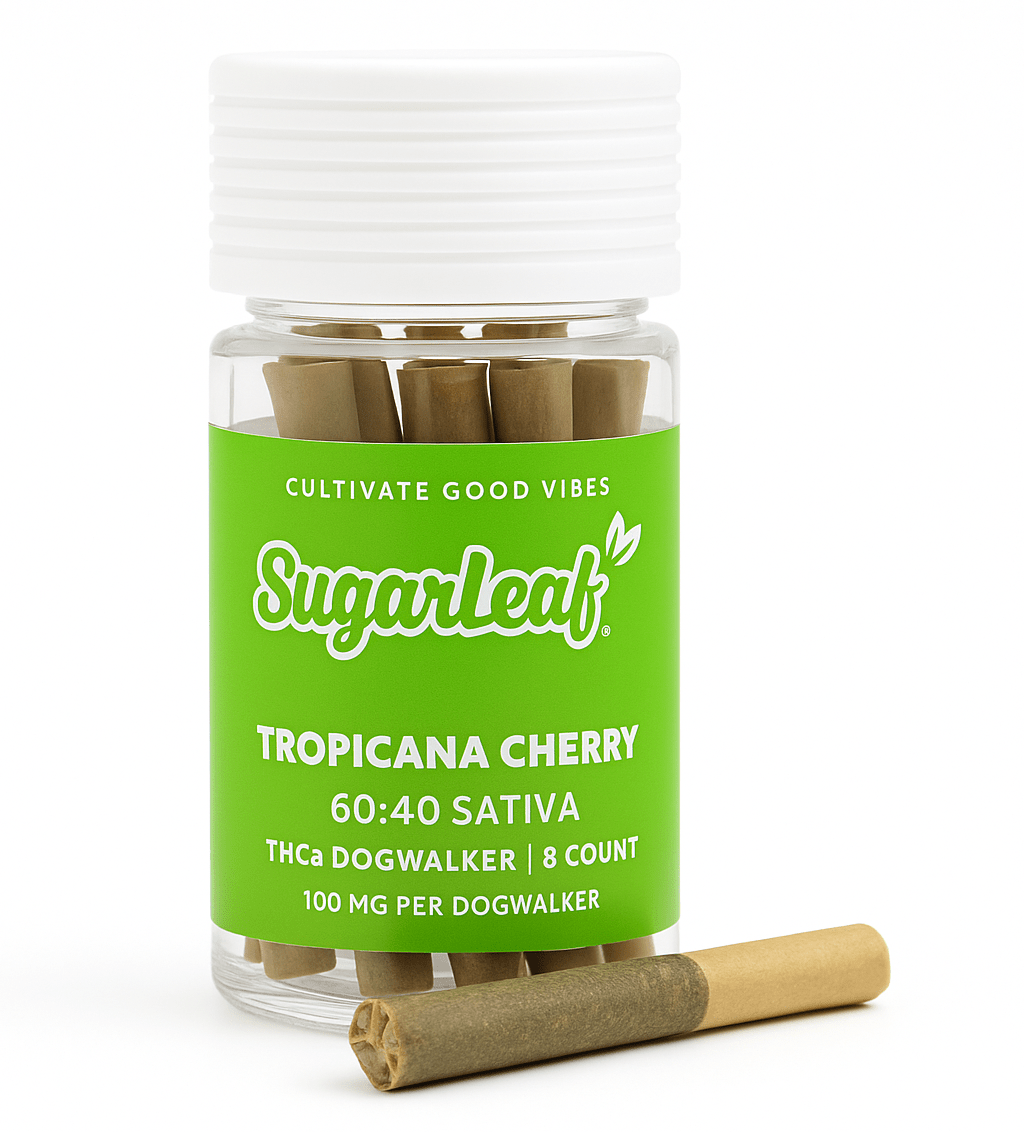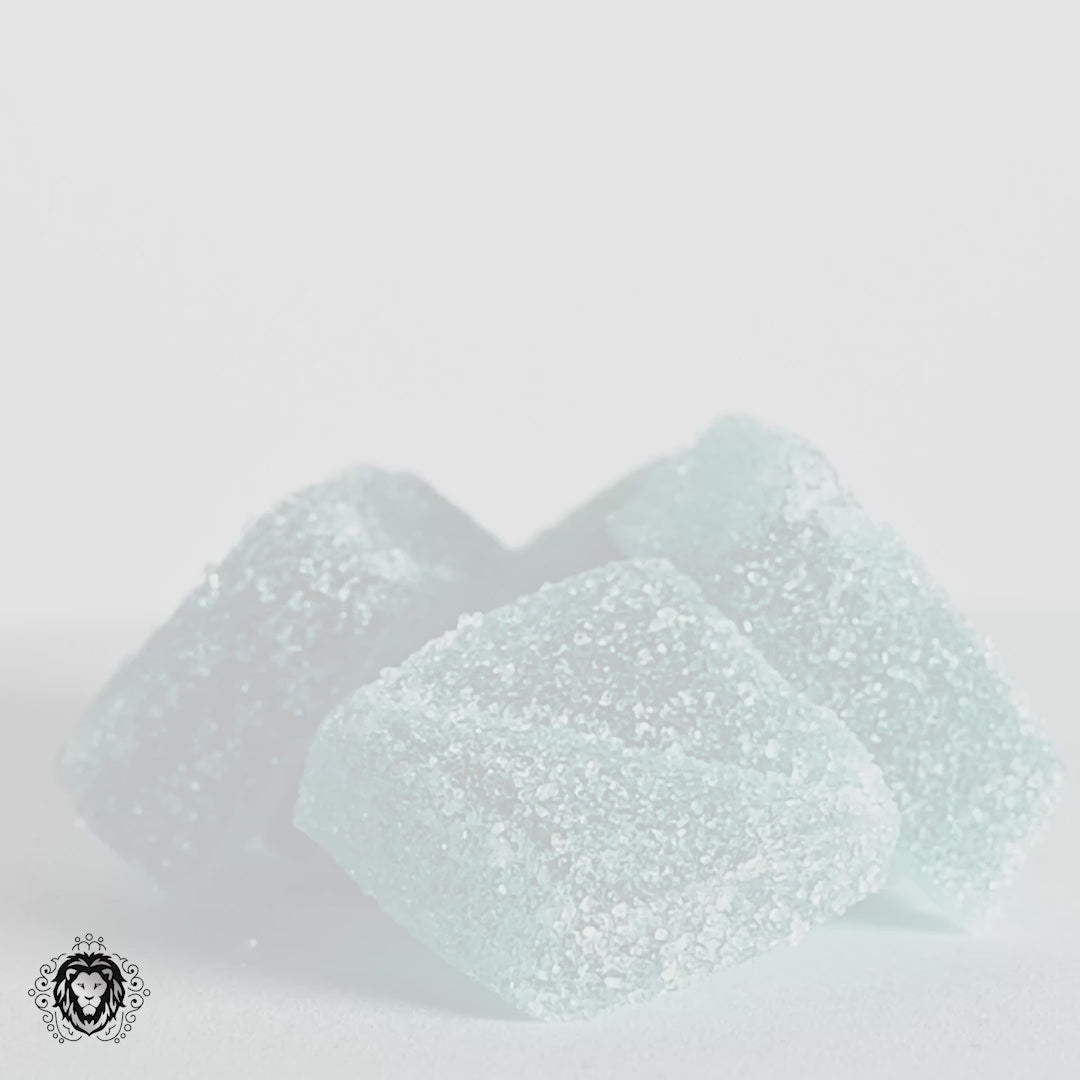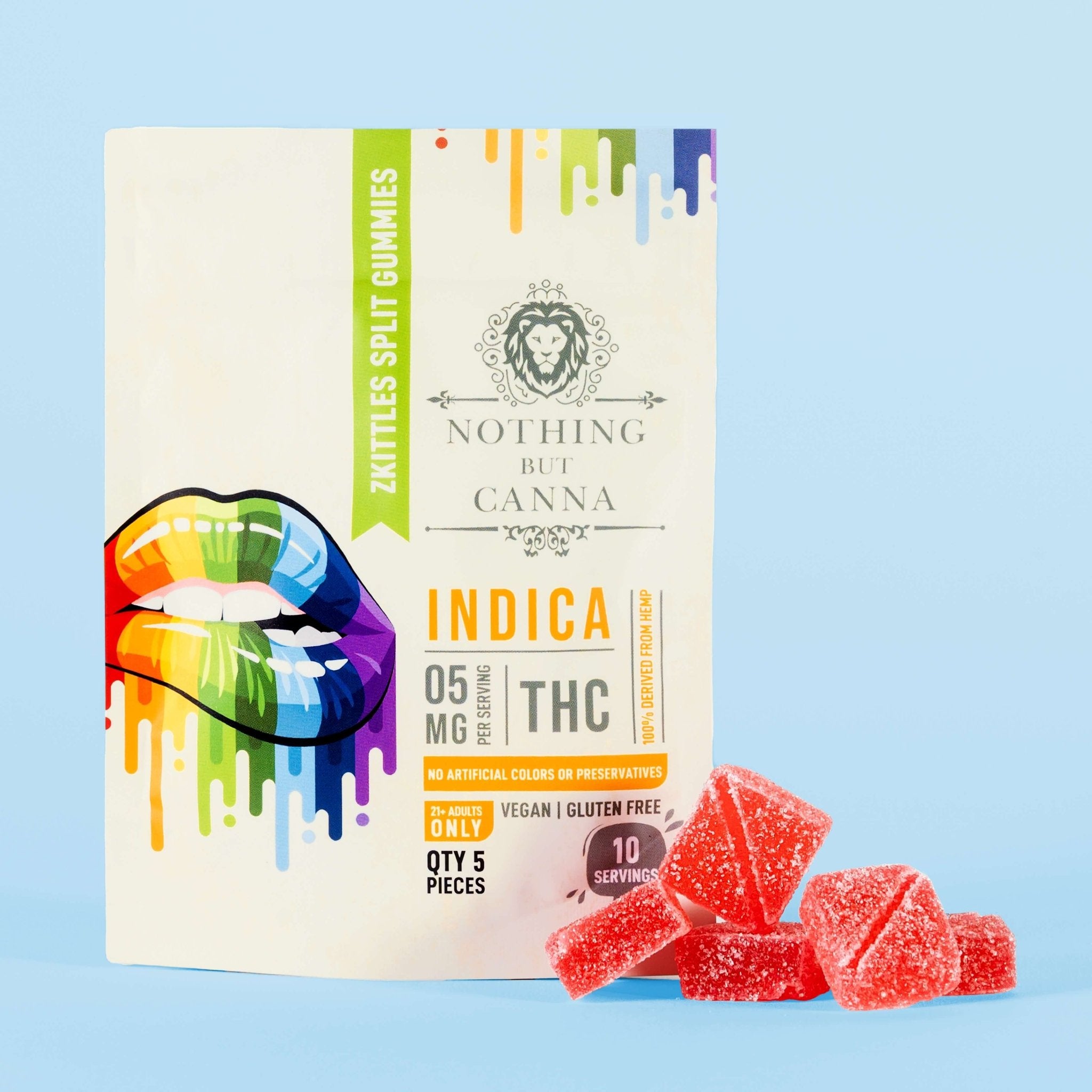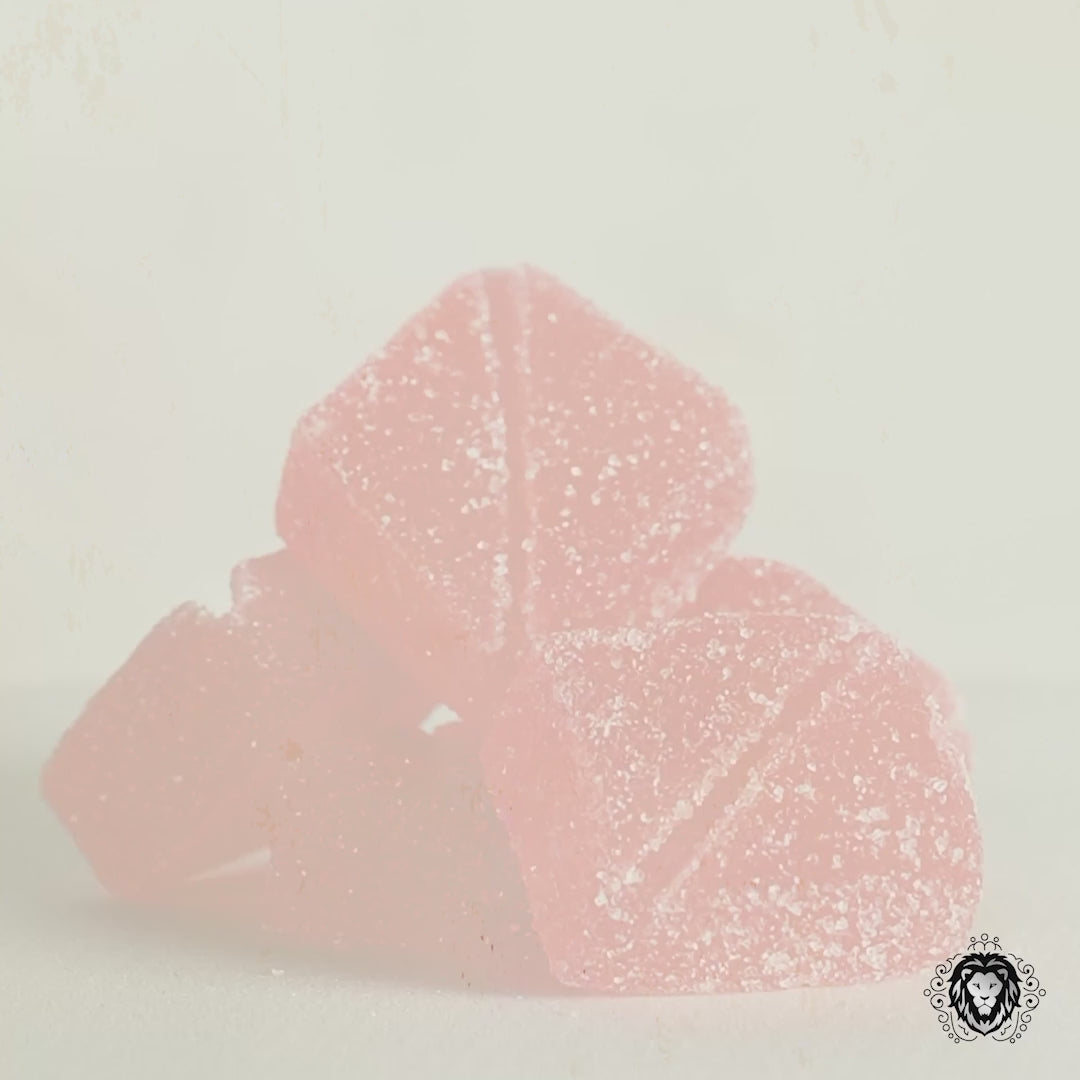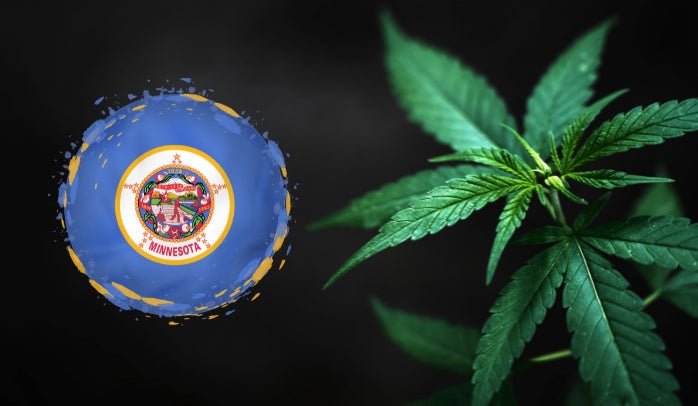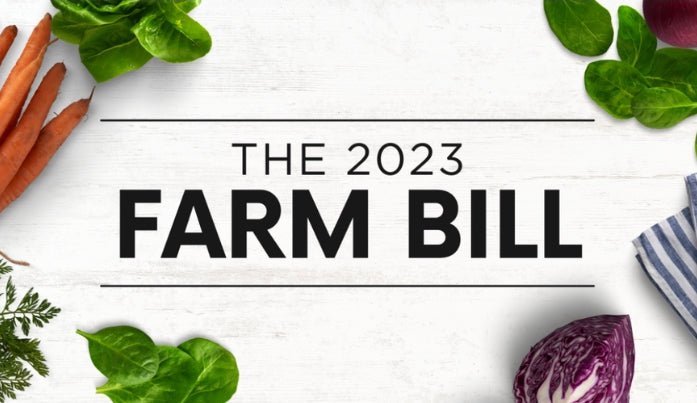With the help of a $2 million grant, scientists are hoping to produce hemp varietals that can improve yields at lower latitudes in America.

Once an illegal plant that could end up resulting in significant jail time for those individuals caught cultivating, selling, or consuming it, hemp is now one of the most intriguing and potentially lucrative crops for growers, end-product manufacturers, and retail sellers worldwide.
However, one of the primary downsides to investing large sums of capital and resources in hemp cultivation is the lack of diversity in the plant’s genetic makeup, allowing it to be grown in warmer humid climates with limited photoperiod thresholds, which refers to the amount of light a plant needs to reach different stages of development.
To address this challenging issue, researchers at Cornell University recently announced new funding for long-term research into hemp genetics. As first reported by Hemp Today, scientists are specifically interested in developing hemp varieties with higher yields at lower latitudes, specifically in the Southern United States.
The $2 million research effort, led by Larry Smart, a professor at Cornell’s School of Integrative Plant Science, aims to understand better the genetic basis behind hemp’s photoperiod threshold mentioned above. In doing so, Smart and his team say they are striving to procure hemp genetics for grain, fiber, and cannabinoid production that can thrive in lower latitude areas while still meeting the federal standard of less than 0.3% delta-9 THC.
The project is funded by two grants totaling $1,170,000 from the Foundation for Food & Agriculture Research (FFAR) and matching funds from foundation partners, bringing the total to $2,340,000.
“Because Canada and Europe have longer days than the U.S. during the summer growing season, hemp varieties from these areas tend to result in smaller yields, and thus limited profit, when grown in the U.S.,” FFAR said in a press release.
"Because Canada and Europe have longer days than the U.S. during the summer growing season, hemp varieties from these areas tend to result in smaller yields, and thus limited profit, when grown in the U.S.”
- Press Release by the Foundation for Food & Agriculture Research (FFAR)
The main struggle for farmers trying to cultivate hemp, particularly in southern U.S. states as well as countries located closer to the equator zone, is the fact that cannabinoid, fiber, and grain varieties planted in those regions flower too early, which can lead to the plants exceeding the 0.3% federal limit set as the demarcation line between what is hemp and what is cannabis.
Likewise, other growing trials have shown that many popular existing hemp cultivars cannot handle the intense heat and drought conditions that often plague southern states.
Many of the most common hemp varieties cultivated in North America are from Europe and tend to flourish in states comprising the U.S. Midwest and West. Those same European cultivars also thrive in many agricultural regions in Canada. There is also a mirror “hemp zone” running through the global latitude areas south of the equator.
“Matching flowering time with latitude is the key barrier to improving hemp yields across all market classes – grain, fiber, and cannabinoids. While this project will lead to the development of new cultivars that can produce high yields of CBD in Florida, the tools we will develop can be applied broadly in hemp breeding programs,” said Smart.
"Matching flowering time with latitude is the key barrier to improving hemp yields across all market classes – grain, fiber, and cannabinoids. While this project will lead to the development of new cultivars that can produce high yields of CBD in Florida, the tools we will develop can be applied broadly in hemp breeding programs.”
- Larry Smart, Lead Professor at Cornell’s School of Integrative Plant Science
Following the passage of the 2018 Farm Bill, which legalized hemp and its byproducts on the federal level, much of the initial focus for farmers and manufacturers centered on CBD production. Because there was so much money associated with CBD, agricultural researchers spent little time developing hemp fiber and grain varieties better suited to most U.S. latitudes.
Now, as the market is experiencing a massive drop in plants grown, overall revenues, and profits, there is a concerted effort on the part of scientists like Smart and his fellow researchers to help expand the reach and success of the versatile plant. He and his team are already crafting new hemp variations specifically bred to thrive in southern latitude regions of America.
Early trials in New York, North Carolina, and Florida are yielding new cultivars with improved grain and fiber yields along with undetectable levels of THC, making them fully compliant with U.S. federal regulation limits.
Along with the potential to turn out plant protein, textiles, health products, and building materials, what makes the results that much more exciting for researchers and industry experts is the potential impact it could have on farmers struggling to replace the ever-shrinking tobacco market sector in southern U.S. states.
With such promising early results, Cornell could become ground central for cutting-edge hemp science for decades. By maintaining America’s only industrial hemp seed bank at its Cornell AgriTech division, the Ivy League titan nestled in upstate New York is poised to take the lead on developing the next generation of climate-adapted hemp varietals that could end up having massive economic, social, and climate impacts for the remainder of this century.




